Unlocking Movement through Flexibility, Mobility and Stability
by brandon gallagher
June 25, 2018
Mobility, stability and flexibility are, in theory, easy things to accomplish. Just be strong through a full range of motion in variety of position (it’s that easy, right?). The hard part is creating the balance needed between the three to find ourselves in a healthy, sustainable, middle ground.
First, we need to take a honest, objective look at our training deficits. Where do we fall on the Flexibility/Mobility Spectrum? Are we extremely flexible but lacking in strength, or are we stiff and lacking in overall function? The great thing about these drills and exercises are they can be used whether you are hypermobile or extremely stiff. For almost everyone, great places to start looking for dysfunction or instability are the shoulders and hips. The shoulders (scapula) and hips house the integrity of the extremities. Assessing their quality can help simplify correcting the dysfunction.
Starting with the shoulders, we are looking for two main things: stability from the scapula and mobility of the shoulder joint itself. The shoulder, a ball and socket called the glenohumeral joint, is the most mobile joint of the body. It allows us to move in many directions; overhead, in front of the body, to the side, and behind us. As I said in the first article: when we lack stability, our body will not allow us into certain positions. Taking ourselves through unstable positions with light loads helps to create strength and stability. For example, crawling is a great way to safely build shoulder stability. The quadruped crawl (arms in front), crab crawl (behind), inchworm (overhead), and bear crawls (mix of OH and in front) are great at combing strength, in supporting our own body weight, mobility, moving the weight through a specific range of motion, and stability, by maintaining that position through all of the movement. An added bonus, these crawling patterns help neurologically prime us to move better by requiring thought in movement that mimics the positions we see when lifting and in everyday life. When we are able to move our body through space with mobility and stability, we are better prepared to remain safe when lifting larger loads.
Next, we look at another ball and socket joint, the hip. This joint is a lot sturdier than the shoulder joint, as it should be, because it is the center of our body and it generates movement and stability for many different parts of the body. To create mobility, stability and strength at the hip, we need to focus on taking our “Hips” through different planes of motion. Our day to day life sees the repetitive movement pattern of walking. In order to complement this, we need hip extension and flexion through as many different planes of motion as reasonably possible. This can be done by doing a few of my favorite exercises:
Lateral Lunges
Lateral Lunges create Stability at the hip and ankle because we are supporting our body weight at the bottom of the lunge. In addition to stability, we are also building strength. Once we find ourselves at the bottom of the lunge, we must apply force to return to the starting position (upright and locked out). This is one of the more advanced, but most effective options. (Check out my instagram for a more indepth look at the lateral lunge and how to scale)Band Exercises
Band exercises are great because they allow us to have immediate feedback and tension through the movement pattern. This tells us whether or not something is firing. Exercises such as the monster walk or lateral band walks can activate muscles and create a stable hip by strengthening them.Squats
The squat is the best way to create stability, mobility, and strength at the hip. So, just squat! Whether that be to a box, air squats, back squats, front squats, OH Squats, etc., just SQUAT!!!
If you take the time to perform the right drills and exercises, you will unlock the freedom of movement and longevity in training. These drills can be thrown in during the week after training sessions to help combat the stress that's been put on our body during the training week/cycle. Strength, mobility, and flexibility do not come easy, but when you take the time to introduce your body to new movement patterns, particularly in a low intensity setting, you will soon feel the difference it makes in day to day life, as well as in training.
Thank you for taking the time to read!! If you have any thoughts or questions feel free to ask!! If you haven’t, make sure to follow us on Instagram @Thrivefitnesswellness or my personal instagram @Brandon_Thrivefitnesswellness where I give more tips to THRIVE.




